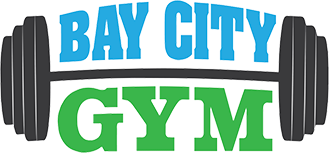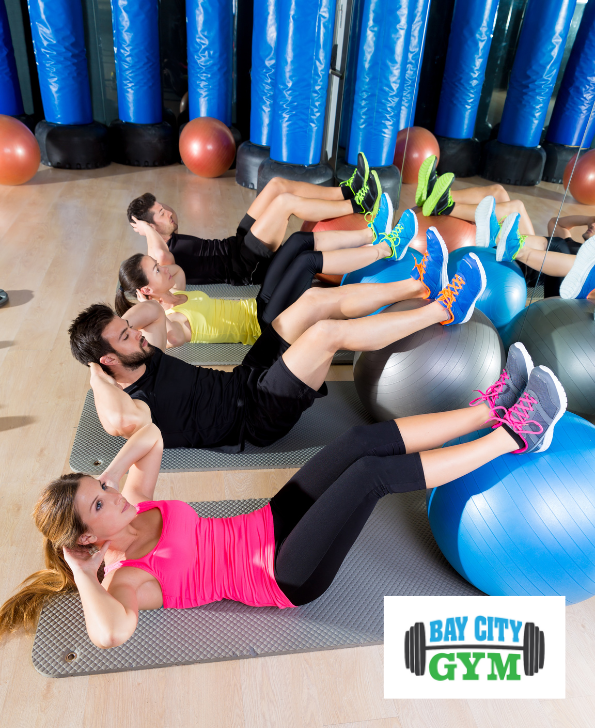Article written by Gavin Stoddart – Bay City gym Manager and Personal Trainer
Most people have heard of core training and many have some idea about what it is, but not too many people actually understand the importance of it.
So, what is the core? In a nutshell, it is all the muscles around the trunk and pelvis that control stability and movement. The core can be broken down into two functional components: the inner and outer units.
The inner unit consists of muscles that provide spinal and pelvic stability – these are the stabiliser muscles. They literally help keep your back together. They greatly reduce the risk of injury to your back. They include the Transversus Abdominus (TA), part of the Internal Obliques (IO), the Pelvic Floor muscles, the Diaphragm and other small muscles that connect the vertebrae (such as Multifidus and Rotatores).
Think of the spine as cotton reels (vertebrae) stacked on top of each other. The inner unit muscles work to keep this stack of cotton reels stable during movement. This stability is created by what we call intra-abdominal pressure. To understand how this mechanism works, think of a corset around our middle that when tightened (such as when you draw your tummy button in) creates more pressure in the gut cavity adding support to the spine. Some of these inner unit muscles (multifidus in particular) also help attach the individual cotton reels together, to allow them to stay perfectly aligned during movement.
The outer unit consists primarily of the big mover muscles that act on the trunk and pelvis, such as Rectus Abdominus (RA – commonly known as the six pack muscles!), Obliques, Erector Spinae (ES) muscles, Iliopsoas, Quadratus Lumborum (QL), Gluteals, Hamstrings and Rectus Femoris among others. If some of these muscles are too tight or loose, then the forces these muscles generate may predispose the body to injury.
A useful analogy to approach the question of how to realign the body is to think of a mountain bike wheel. If some of the spokes (muscles) are loose and others tight then the wheel will be out of shape. Would you trust this wheel off road? You can see why it is so important to realign the spokes by specific stretching and strengthening of the body before adding more physical stressors to it.
You now know what the core is. But why must we train it? Essentially, a strong core helps prevent injury and improves performance. A strong core is vital to movement as it provides a stable base for the limbs to work off and reduces the likelihood of injury.
From an athletic point of view, a strong core is essential for optimal power transfer from the ground through the body. Take for example throwing. The power for a throw transfers from the ground through the core and into the throwing arm. If the core is weak or unstable then a large proportion of the power is lost through the middle, meaning a less powerful throw and increased risk of shoulder injury.
When training the core, you need to consider both the inner and outer units. If you only train the outer unit (like doing the common sit-up) but neglect inner unit training, then you risk seriously damaging the spine. Think back to our cotton reel analogy: if you didn’t have the stabilisers keeping the cotton reels (vertebrae) together, then the forces generated by the big outer unit muscles would topple the stack (wreaking havoc on the spine).
On the other hand, only training the inner unit without training the outer unit is not sufficient. The muscles of the inner unit are not strong enough by themselves to support too much load. This is why for a bomb-proof middle it is essential to train them together. However, inner unit stability must precede outer unit strengthening.
In conclusion, the core provides support to the pelvis and spine and provides a stable base for the limbs to work off. It is functionally made up of muscles around the hips and trunk that stabilize the spine and also move the spine. Both the inner unit and the outer unit are necessary for the spine to work optimally. Ensure that the inner unit muscles are working well before training the outer unit muscles. Core training is where training should begin!


